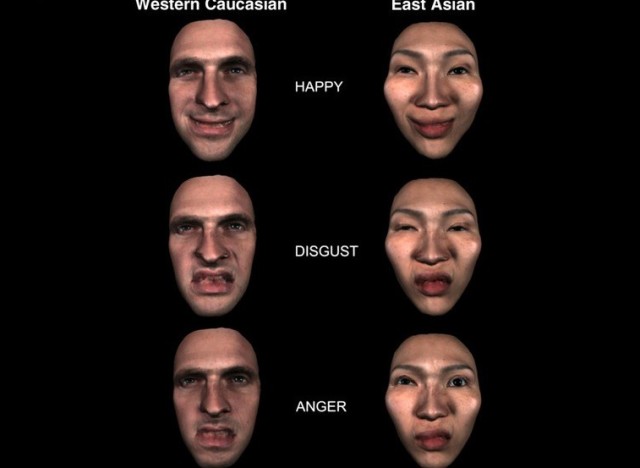Hi all! Let's continue..
4. Spatial Message
-Proxemic Distance
four distance = type of relationships
*eg : you and boss :
you and friend :
male-female :
4 proxemic distance
*intimate (0-18inch) - comforting&protecting
*personal (18inch-4t) - protective bubble
*social (4ft-12ft) - social interaction
*public (12ft-25ft) - strangers
-Territoriality
has possesive on certain area/particular object
3 territories
*primary = your own
*secondary = dont belong to you but you occupy it
*public = open to all
primary & secondary territories have 3 types of markers:
*central (eg. using personal objects to reserve a seat)
*boundary (eg. the armrest in the cinema)
*ear (eg. carpark with the reserved car plate number painted)
markers : give a sense of belongingness and give cues to others.
5. Artifactual communication
human made message which are based on observation
- colour communication : colour can be used to represent one psychology, behavior and perceptions.
- clothing & body adornment : the way people dress up and accessories they put on.
- space decoration : the way people decorate their private spaces
6. Smell communication
communication through odor
-Taste: smell compliments senses like taste
-Memory : odor triggers the memories into our mind
-Identification messages: it creates an image or an identity
-Memory : odor triggers the memories into our mind
-Identification messages: it creates an image or an identity
7. Touch communication
most primitive form of nonverbal communication
-this message can convey into:
*positive emotions *playfulness
*control
*ritual task-relatedness
-touch avoidance
8. Paralanguage
the nonverbal dimension of speech: tone, pitch, accent, volume , etc.
- people who uses this are tend to be have more effective communication with others.
9. Silence
communicating with no sound
-the functions of silence :* to have time to think
* to hurt others , " cold war " in relationship
* to response threat
* to prevent communication
* to convey an emotional response
10. Time communication
way of treating, organizing and reacting towards time.
-3 important aspects of time
* past
* present
* future
- past oriented people : live in yesterday- present oriented people : live for today, no plans for tomorrow
- future oriented people : live for tomorrow
Culture and Nonverbal Communication
Culture and Gestures
- different culture have different meaning towards the same gesture.
Culture and Facial Expression
Culture and Colors















No comments:
Post a Comment